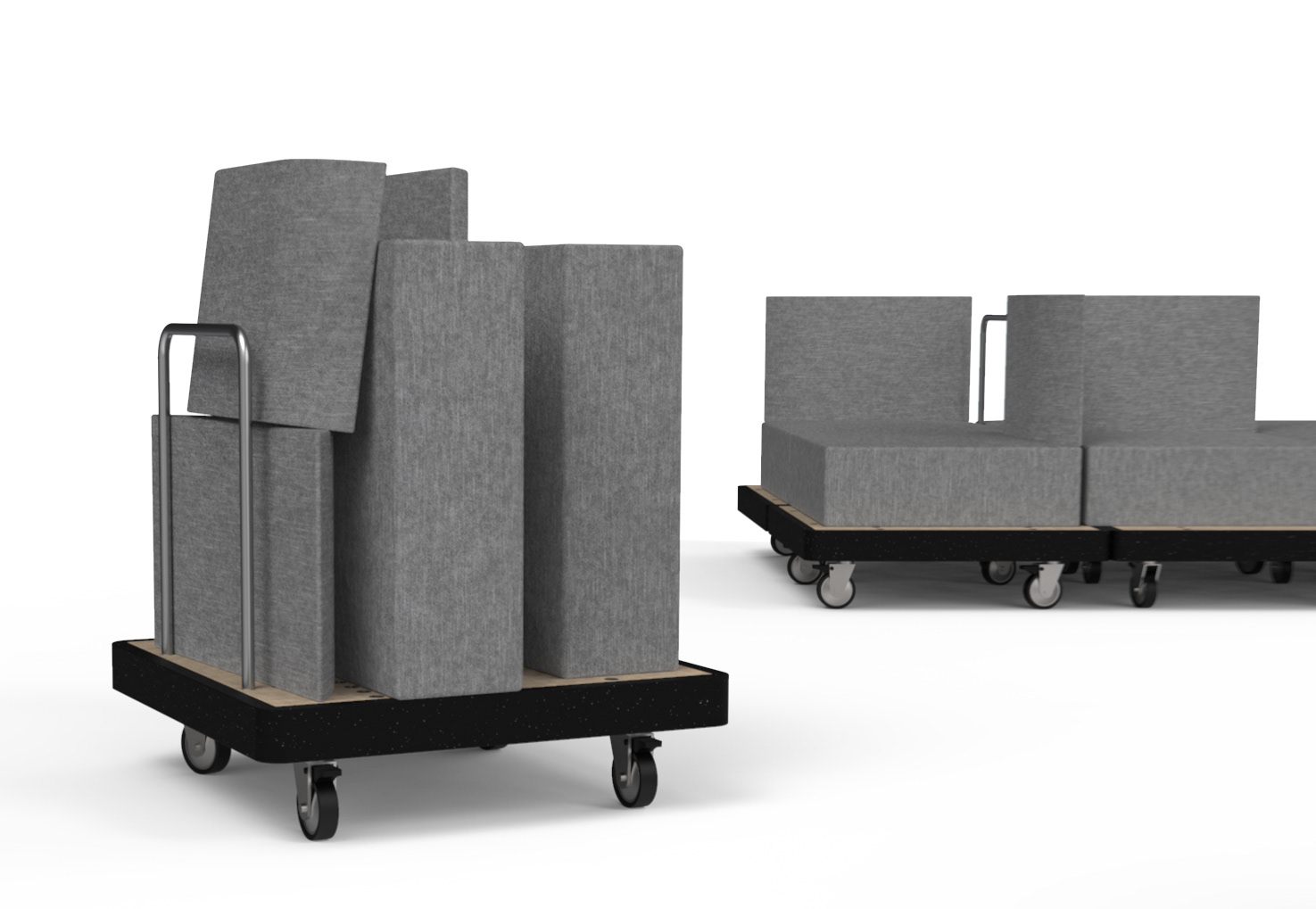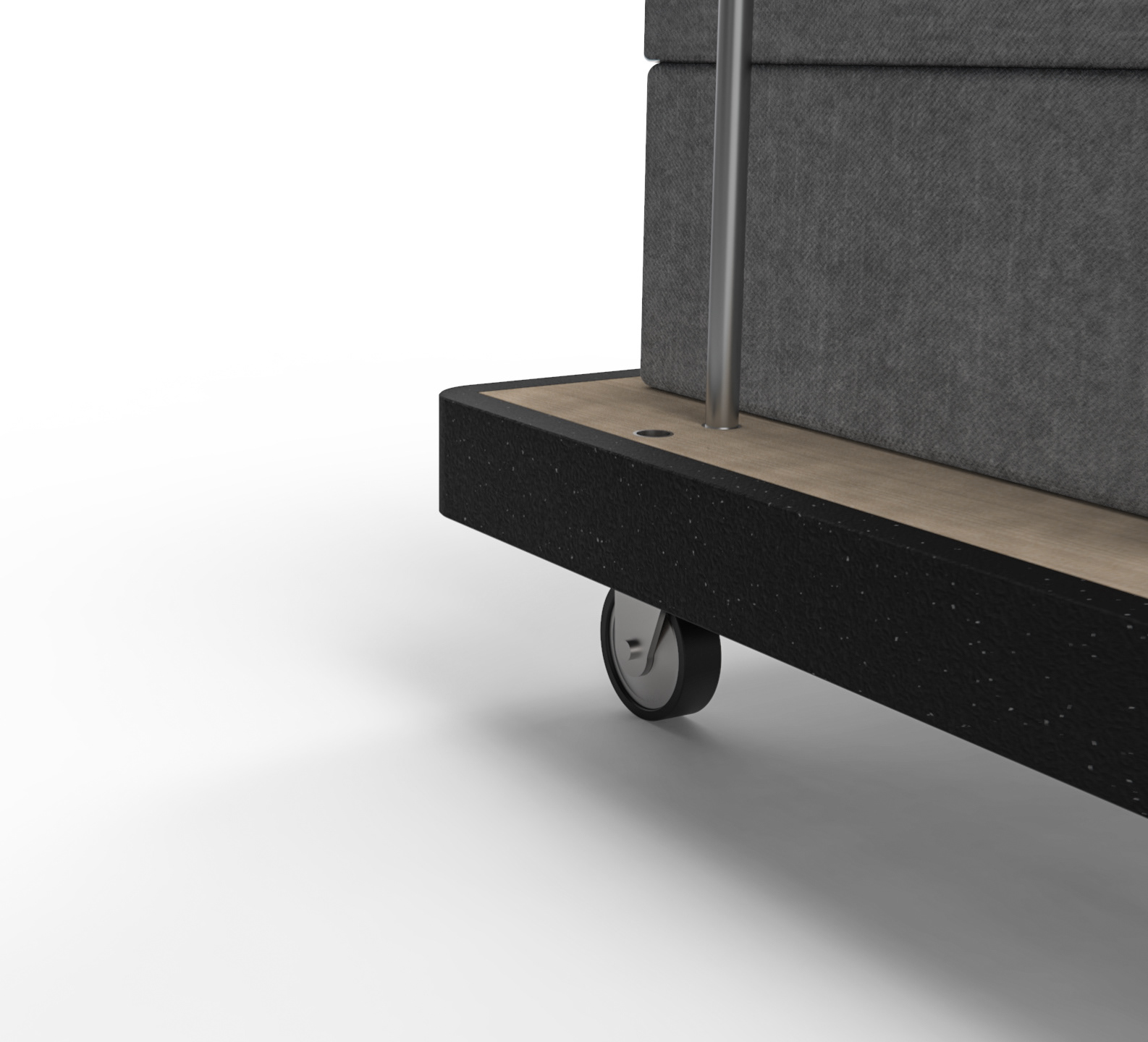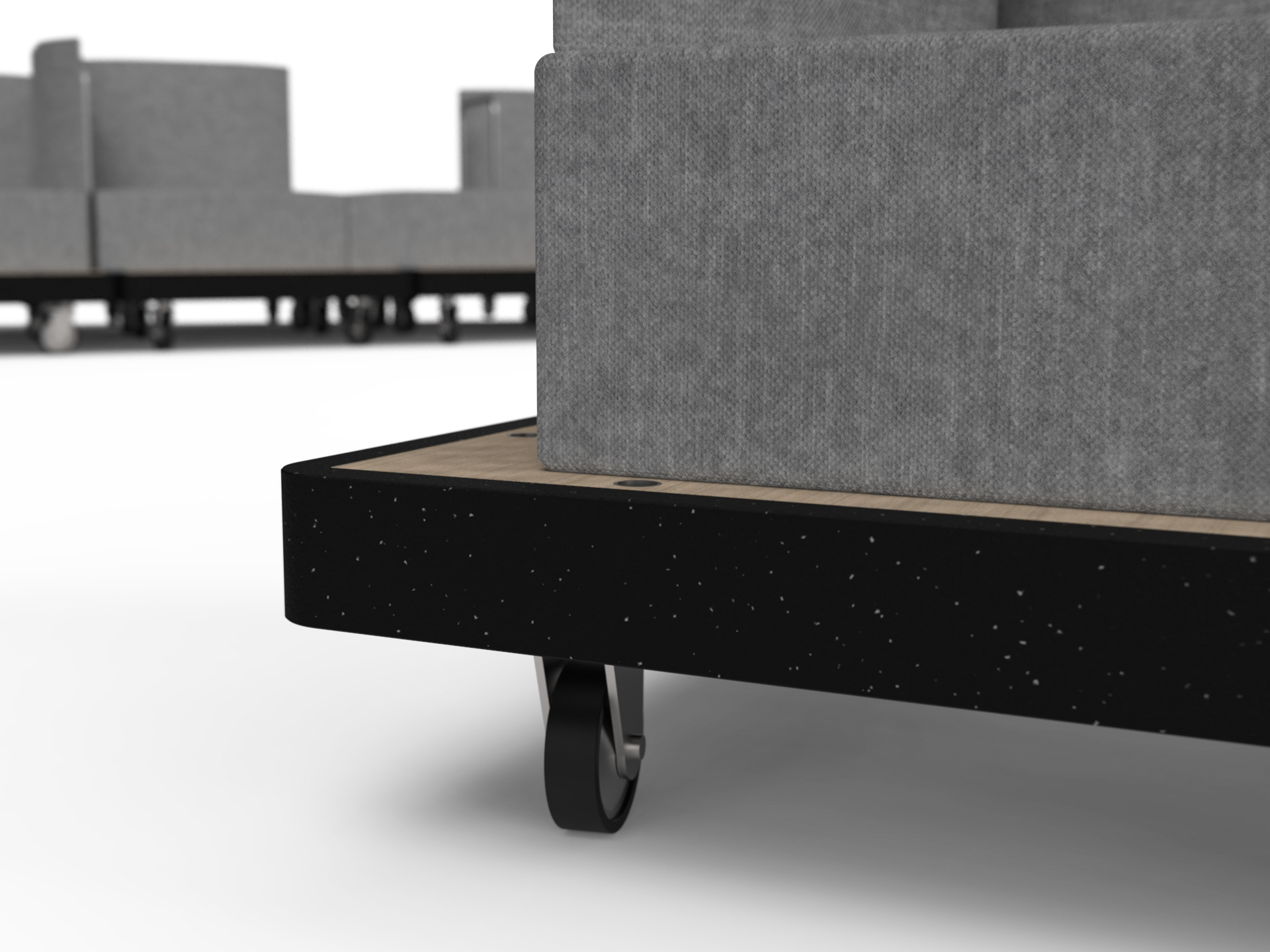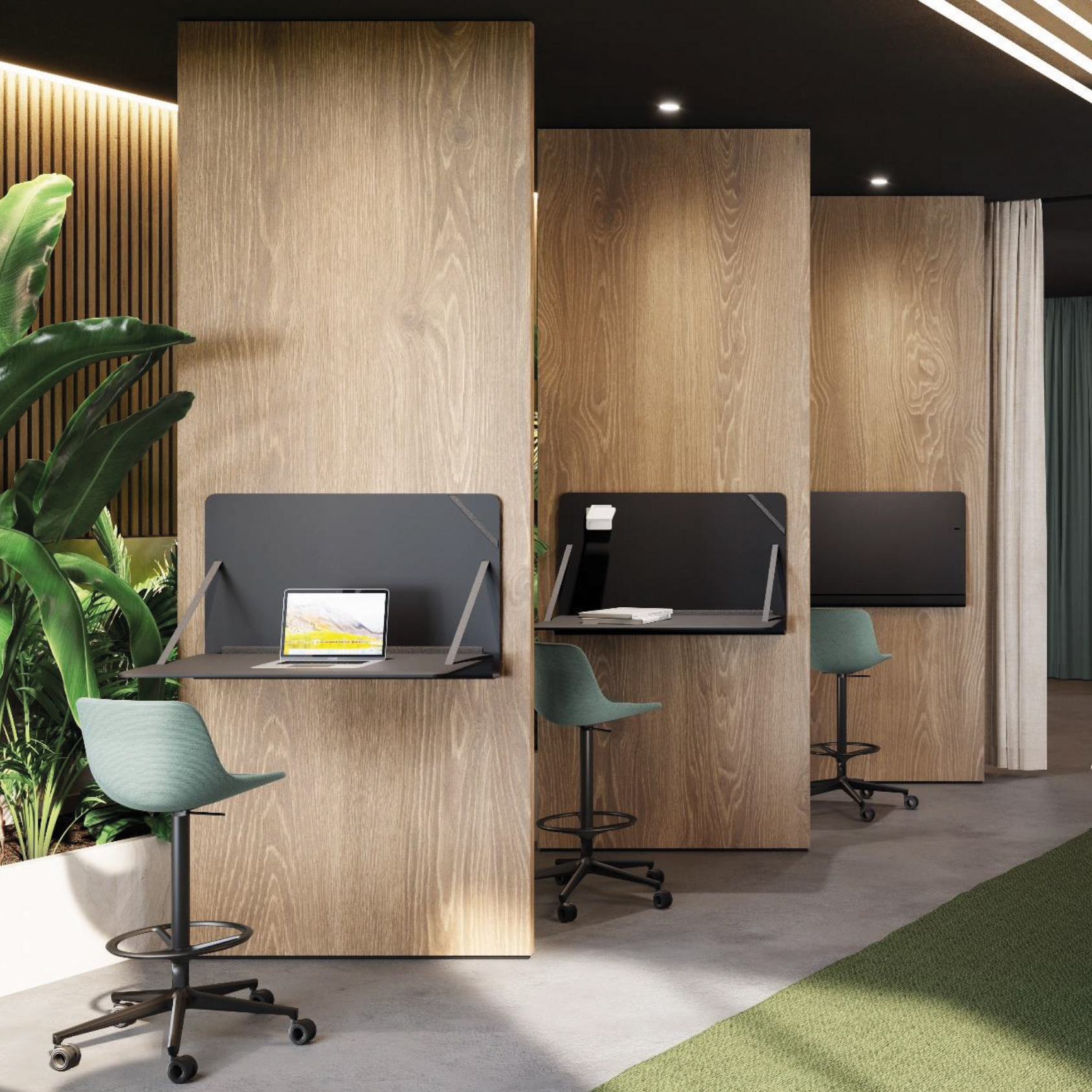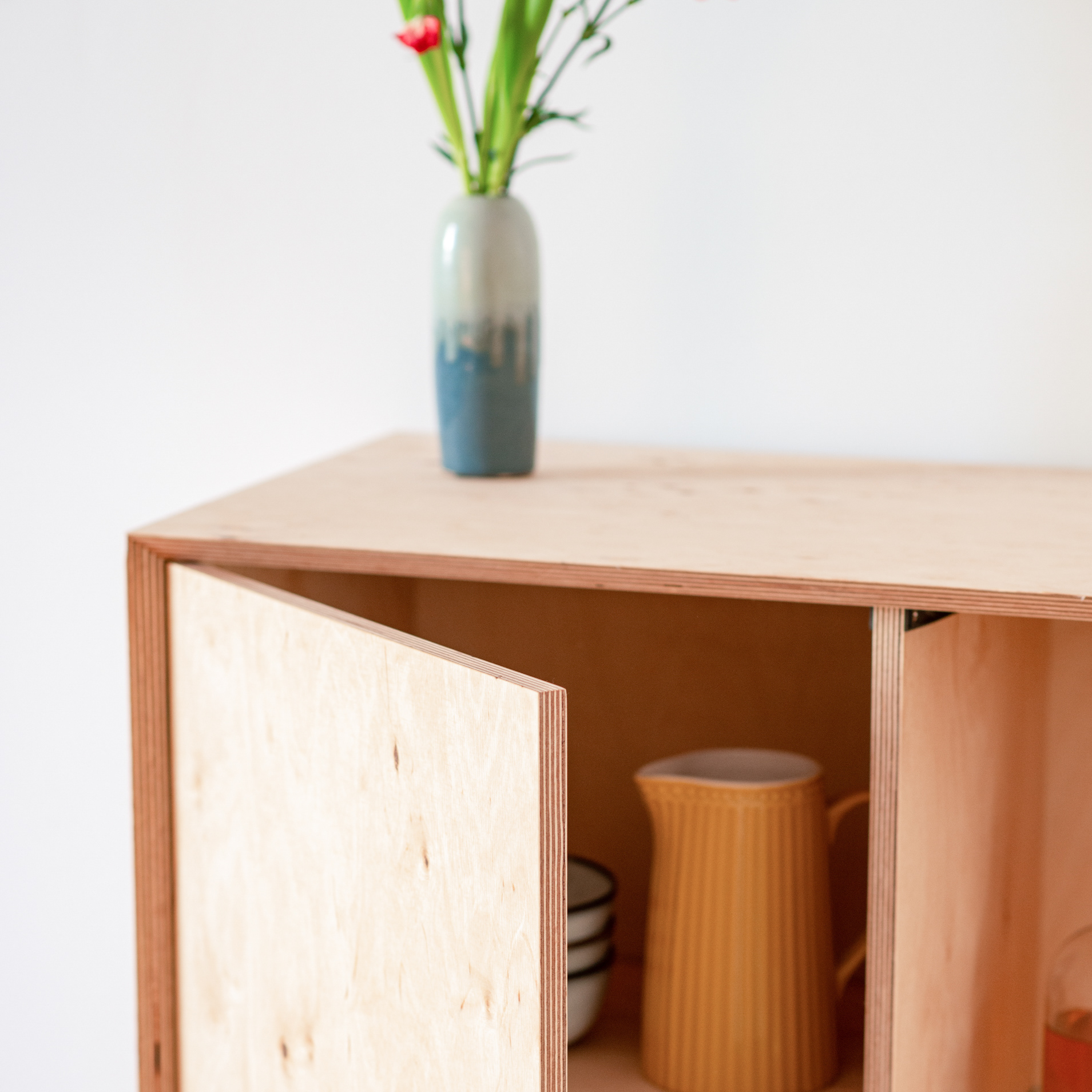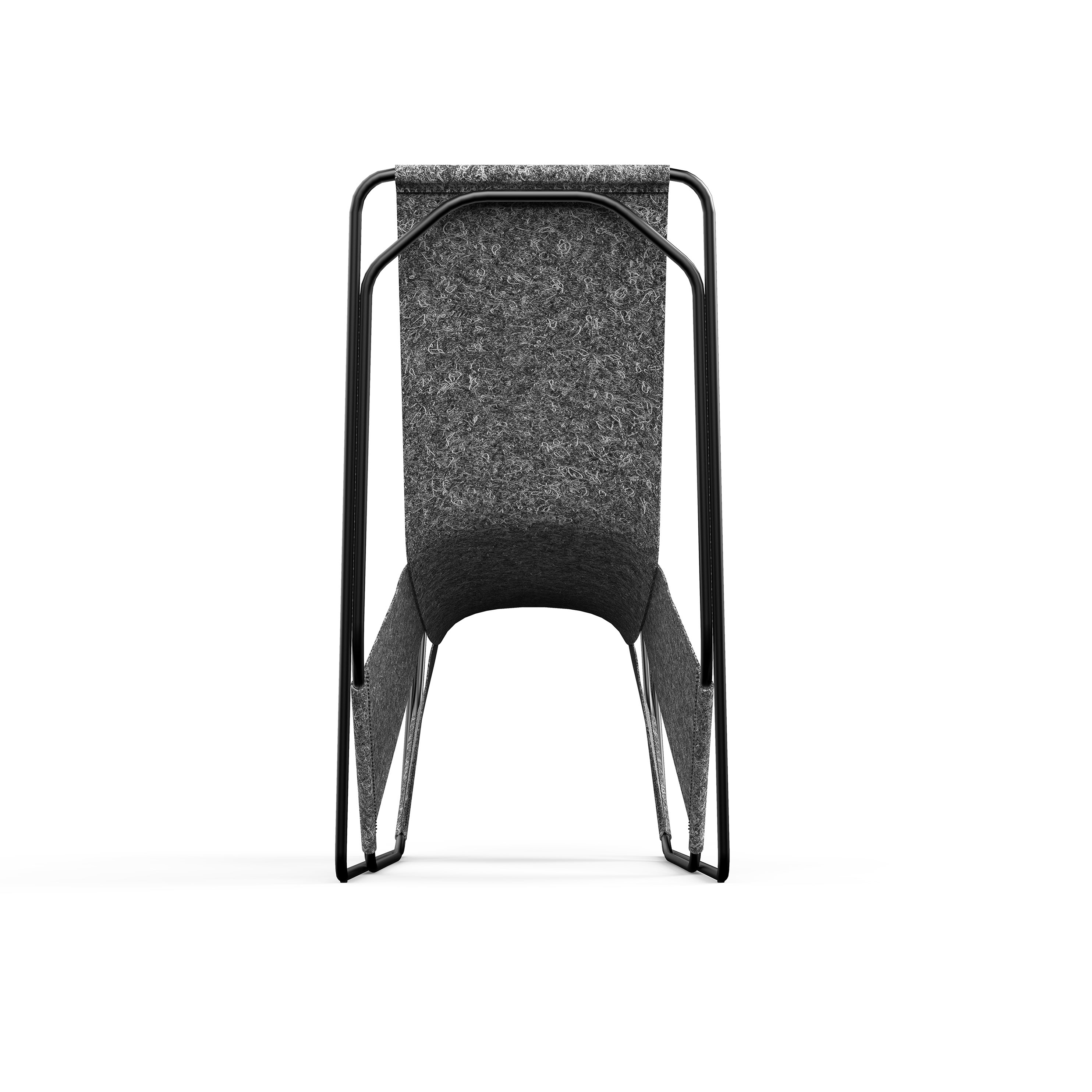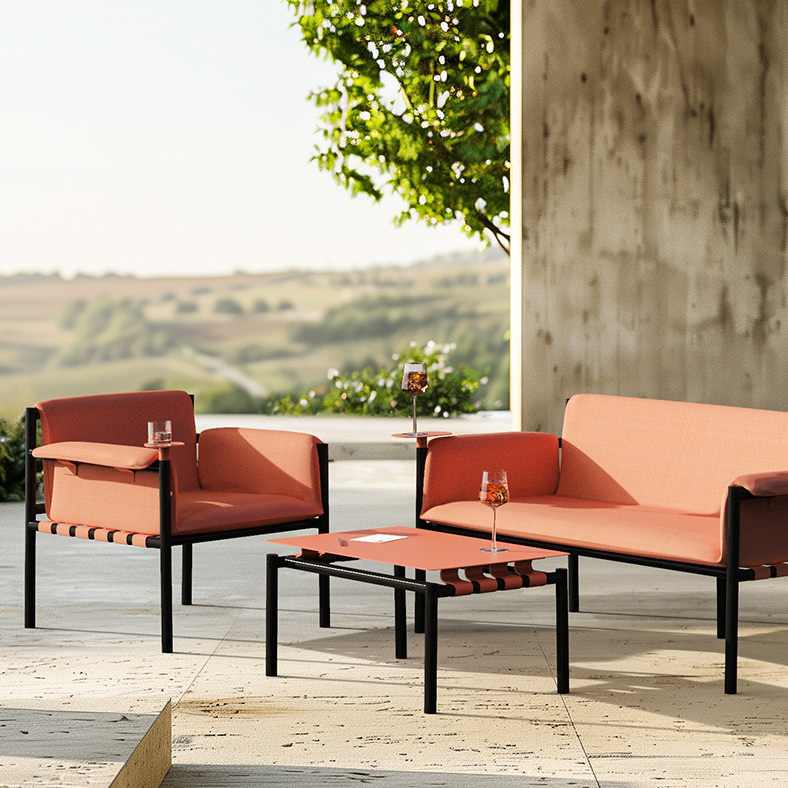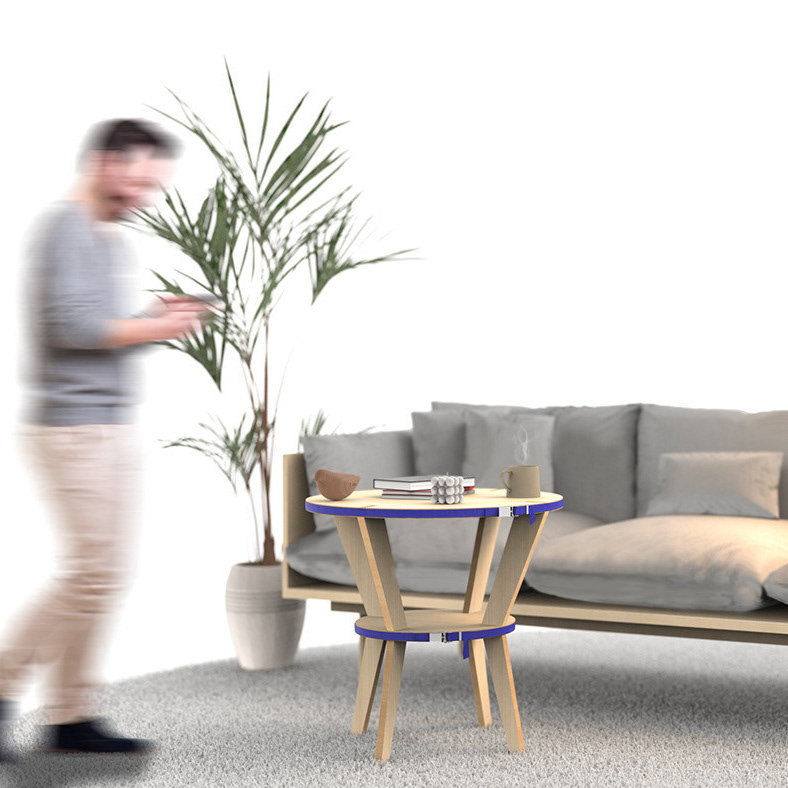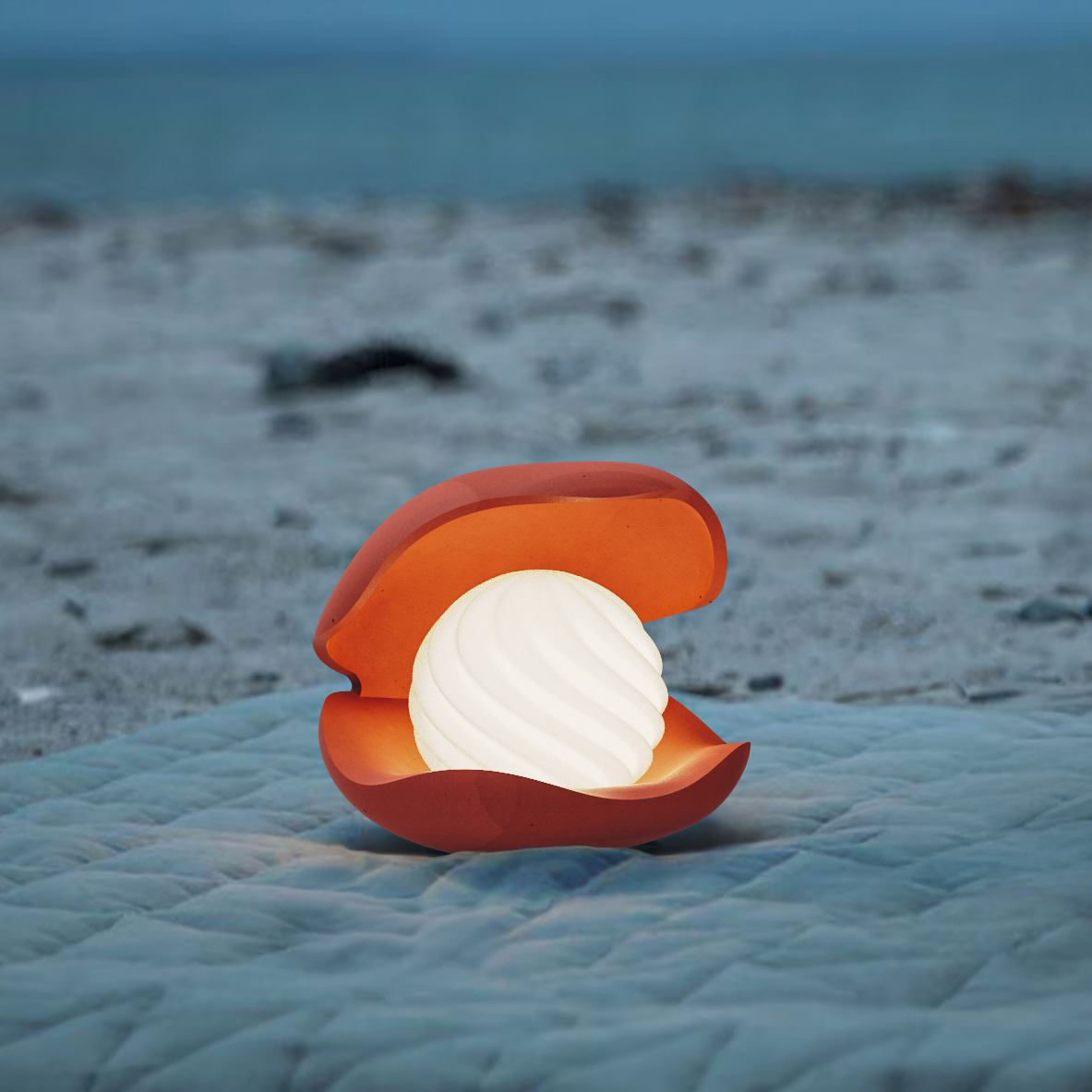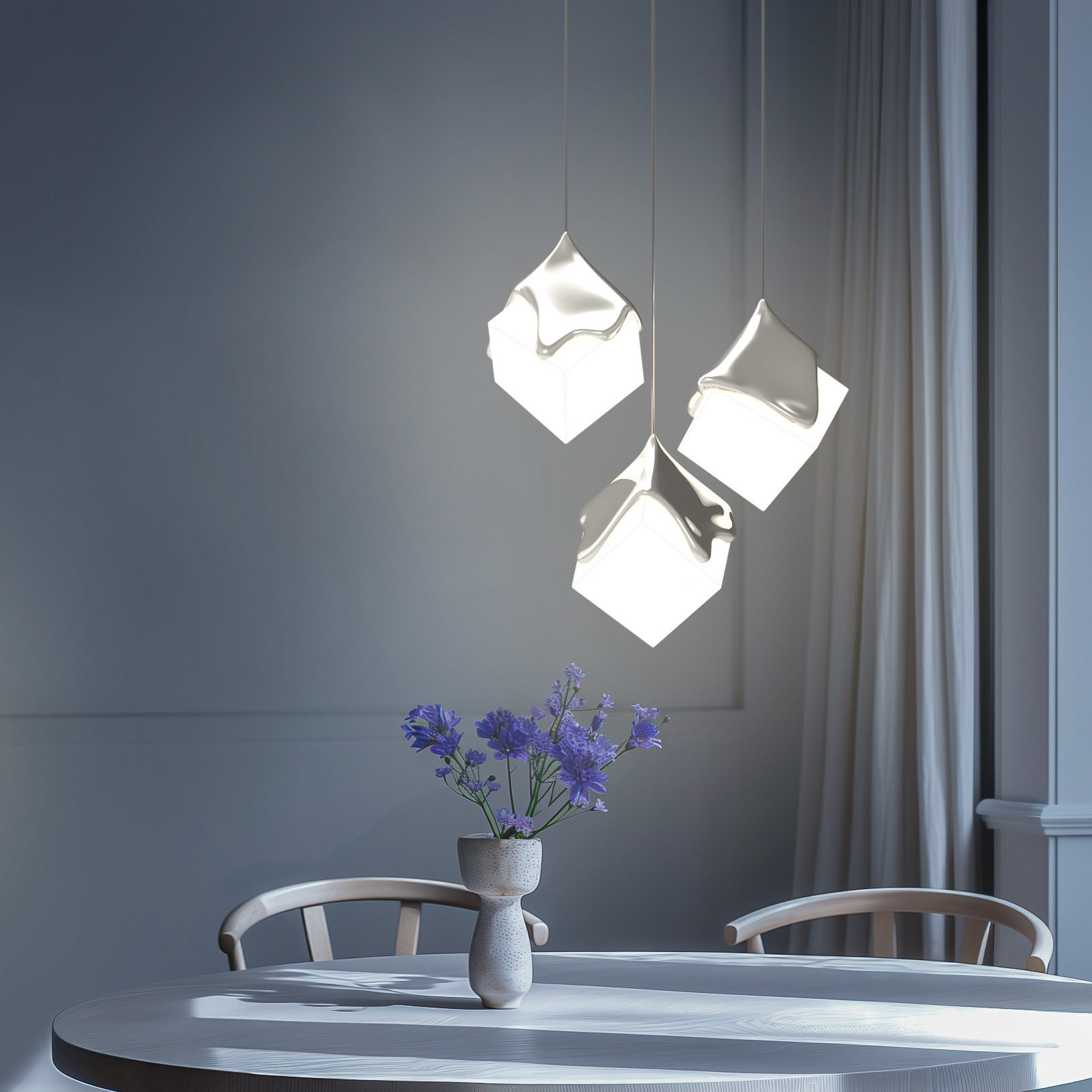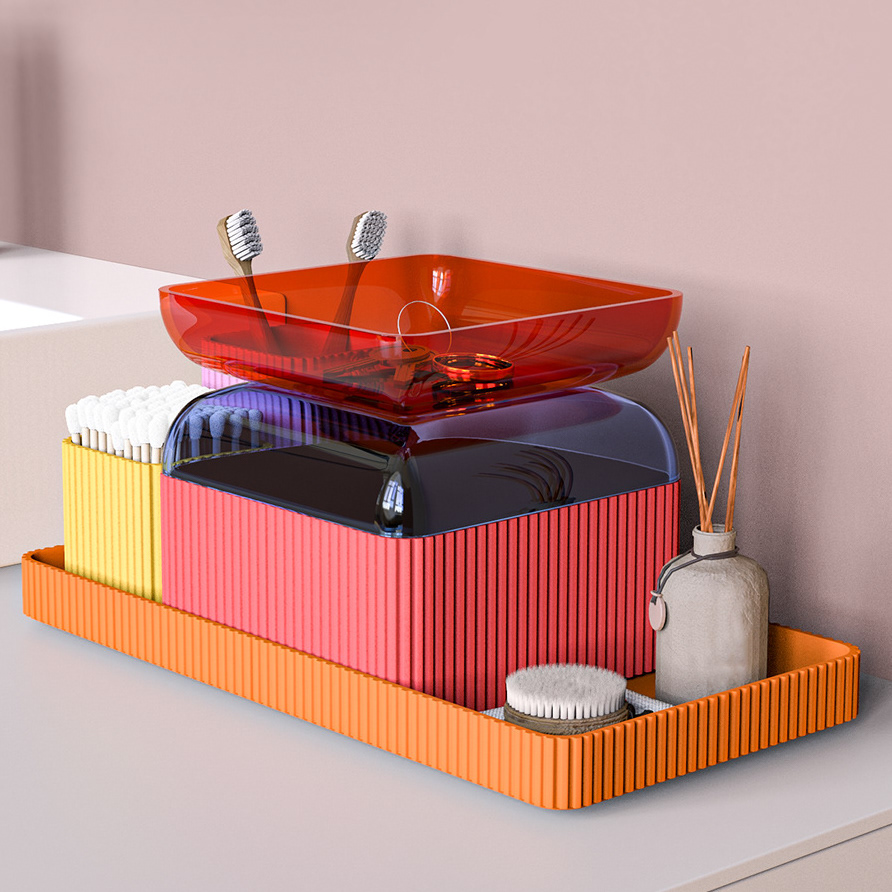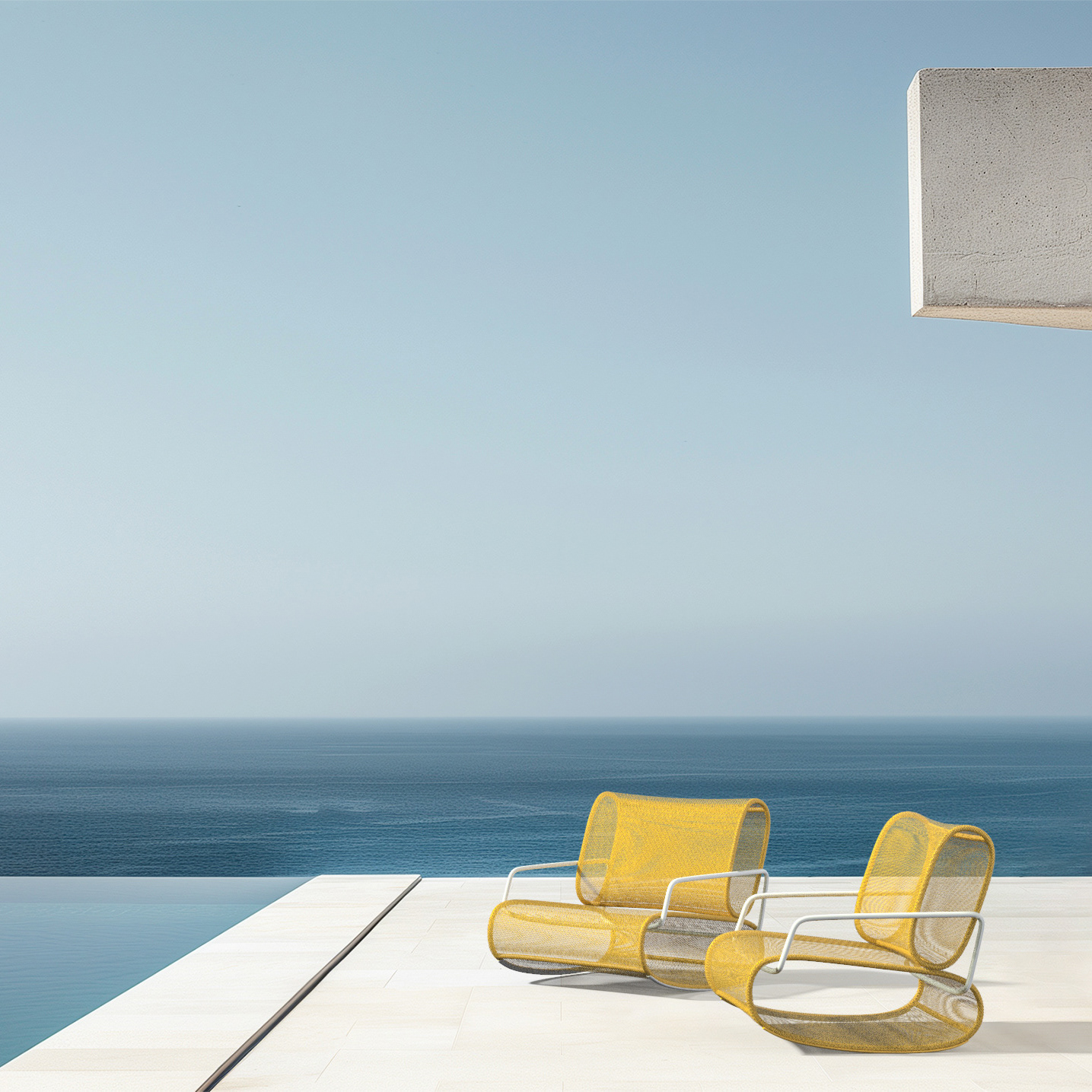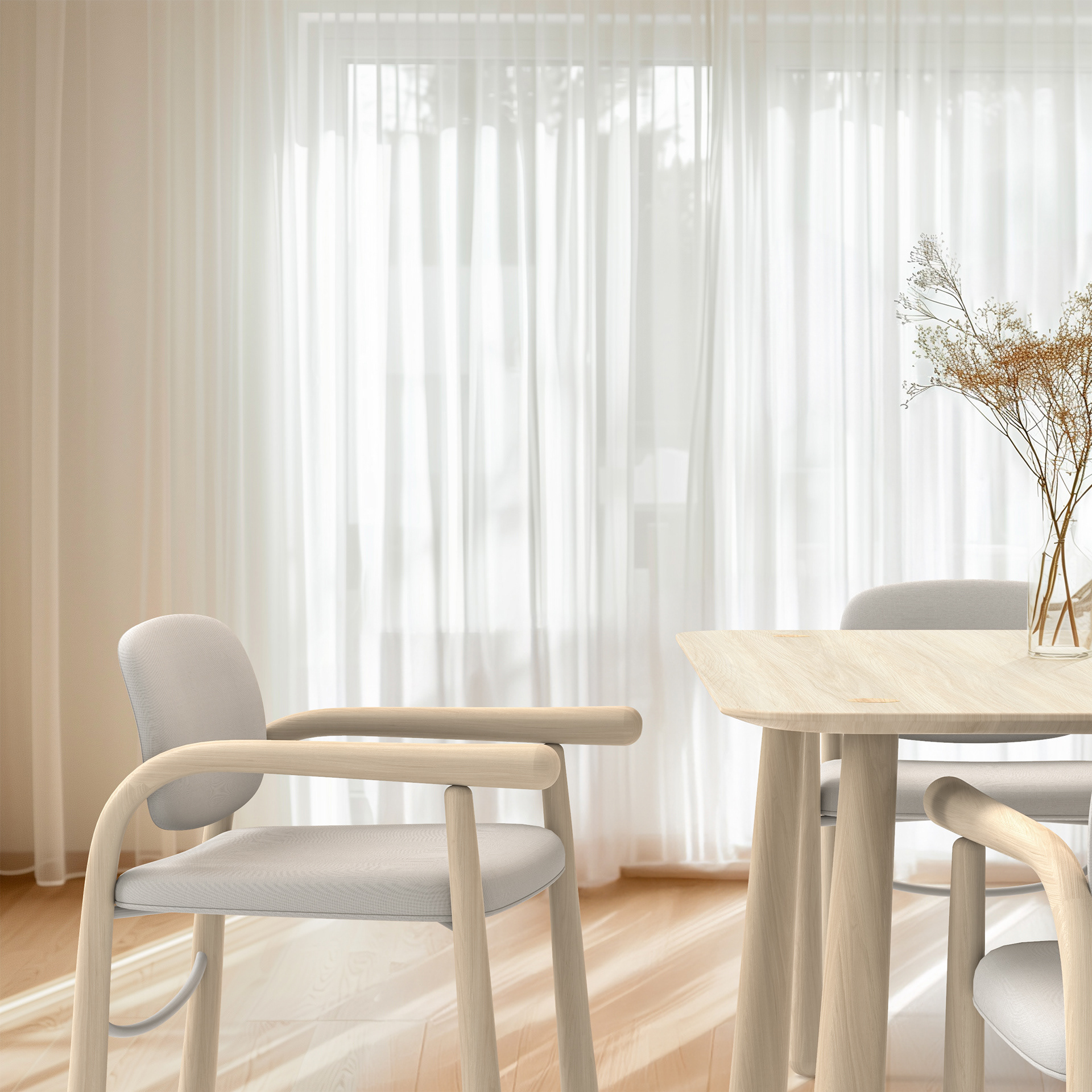Carry - A seating concept for the Faculty of Design Darmstadt
Design by Constantin Xavier Gaß and Constantin Boes.
Carry was developed in cooperation with and for the Faculty of Design at the Darmstadt University of Applied Sciences and is designed for student spaces as well as for use at exhibitions and other events. The aim was to do justice to the design attitude of the faculty as well as to fulfil the necessary requirements. In this context, the great desire for comfort should be mentioned, as well as the essential possibility of quick conversions to create entire room situations, or to dissolve existing configurations and store them quickly.
Year
2020
Design made for
Concept Phase
Concept Phase
Materials
Upholstry
Base made from plywood and recycled rubber
Steel tubing
Upholstry
Base made from plywood and recycled rubber
Steel tubing
